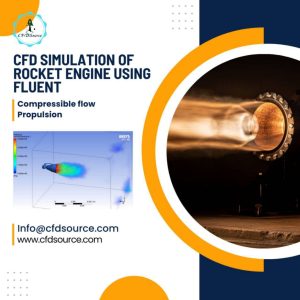Talking about capabilities is one thing, but you need confidence that the analysis will actually deliver results that matter in the real world. Over the years, the most satisfying projects have been those where the CFD insights directly led to a quantifiable improvement someone could measure on a physical test rig or see in operational data. It’s those moments that truly validate the simulation effort. For instance, I recall working on an electronics cooling problem where the initial design suffered from localized overheating. The CFD didn’t just show where it was hot; it visualized the flow stagnation causing it. Guiding the client to reposition a small internal baffle, based purely on the simulation airflow patterns, dropped the peak component temperature by a measured 12°C in their next prototype – preventing a potential redesign. Whether addressing specific overheating issues or designing for optimal temperature distribution across complex systems, our dedicated CFD Thermal Analysis Services provide the detailed thermal insights critical for product performance and reliability.
That’s the kind of impact we aim for at CFDSource. We’ve seen our analyses help clients achieve things like identifying the specific geometric tweaks needed to reduce aerodynamic drag on a vehicle component by a measurable 8%, or pinpointing the adjustments in an industrial mixer that improved product consistency, verified later through quality control metrics. It’s not about generating complex reports for the sake of it. It’s about using simulation to find those specific, often non-intuitive, changes that lead to tangible, measurable gains in performance, efficiency, or reliability – the kind of proof that justifies the investment in analysis.











